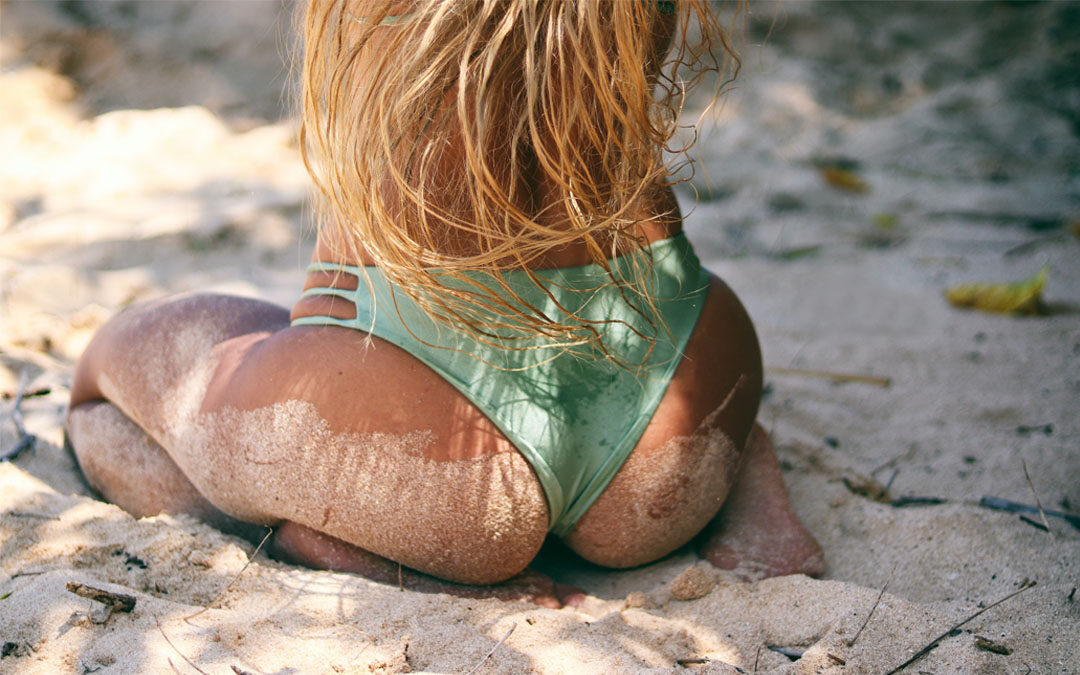Any part of your body’s skin that is inflamed or swollen is a rash. Rashes can appear differently in people with varying skin tones and are frequently unpleasant and painful.
Despite frequently being described as red, they might appear purple, gray, or even white on the skin of color.
They may also result in fluid leakage, pimples, blisters, and rough, crusty skin. Typically, skin rashes are signs of underlying illnesses such as viral and fungal infections or allergies.
While most butt rashes go away on their own, others may persist for a while and necessitate medical attention.
Read on to learn more about the rashes that might appear on your buttocks.
What symptoms should I look out for?
The following are possible general signs of a rash on the butt:
Patches of skin that are inflamed, swollen, or blistered leak fluid before becoming crusty or scaly on the buttocks. Tiny lumps, spots or blisters in the anal area, an irritation that worsens when scratched.
Itching and soreness around the anus with acne-like pimples on the buttocks, very uncomfortable patches that are sensitive to touch on your skin, spots that are red, skin-colored, or just a shade or two lighter or darker than your skin color.
What can cause butt rash?
Butt rashes can be brought on by allergies, irritants, infections, viruses, or other medical disorders. Several of the typical reasons are listed below.
Dermatitis from contact
The rash known as contact dermatitis is quite prevalent. It manifests when a material that irritates your skin comes into contact with your skin. Some contact dermatitis rashes occur right away, but the majority require time to manifest.
Symptoms of contact dermatitis
Allergic contact dermatitis and irritant contact dermatitis are the two forms that are contagious, both have typical signs that can include, swelling and intense itch, skin that is dry, scaly, cracked, bumpy, or has blisters, and leaking or crusty skin
Common irritants and allergies might include:
Plants like poison ivy and poison oak drugs like antibiotics or antihistamines cleaning materials like soap or detergents baths or personal care items like lotions, shampoo, soaps, sunscreen fertilizers and pesticides chemical additions like food flavorings, cosmetics, and scents
Eczema (Dermatitis)
Eczema, also known as atopic dermatitis, is a persistent skin ailment that results in dry, itchy skin. The most prevalent type of eczema is atopic dermatitis, which is frequently referred to as eczema. Eczema can start at any age, but it most frequently affects babies and children.
Although buttock rashes can result from eczema, rashes are frequently seen on the elbows, face, hands, and feet.
Symptoms of atopic dermatitis
Some signs to look out for are, are darker skin tones, and spots of eczema that may be red, pink, magenta, or darker than the surrounding skin. Dry, itchy patches of skin that weeps clear liquid when scratched, crusty, scaly skin that swells and itches more after scratching.
Heat rash
A common skin irritant that results in rash and stinging is heat rash. Small lumps and prickly or irritating skin sensations are possible. Heat rash is particularly frequent in hot, muggy conditions. Every time you perspire heavily, you could develop a heat rash.
On those with lighter skin tones, heat rash may appear red, whereas, on people with darker skin tones, it may appear as a pattern of gray or white dots.
Sweat can clog pores and lead to the development of tiny pimples when it becomes trapped beneath the skin. It usually happens on areas of your body where skin rubs up against the skin, such as the inner thighs or the butt crack.
Herpes (genital)
A common sexually transmitted virus called genital herpes can leave you with rash-like symptoms on your thighs, buttocks, or anus. Any form of sexual contact, such as anal, oral, or vaginal touch, can spread herpes.
Rash symptoms start in the area of your body where the infection first entered, but they can spread if you scratch them. Some symptoms include genital and/or facial pain or itching, tiny, varying-sized lumps that are discolored, small fluid-filled blisters scabs that develop into ulcers, and ruptured blisters that may ooze and bleed heal.
Pilaris keratosis
A keratin accumulation on the skin is the root cause of keratosis pilaris. Your skin is shielded from hazardous irritants and pathogens by the protein keratin. Keratin builds up in the skin of those who have keratosis, forming a clog that prevents hair follicle openings.
This results in skin that feels like sandpaper. The buttocks may develop tiny red pimples, which are usually harmless.
Shingles
The same virus that causes chickenpox also causes shingles. The dormant virus from chickenpox stays in your body for years after you have it and can reactivate as an adult. Usually, it manifests as a rash that hurts on one side of the body.
The rash could consist of tingling, numbness, a rash that’s tenderness to the touch, discoloration which may be red on fair skin, or darker on melanin-rich skin, blisters that rupture and leave behind crusty skin itching, numbness, or burning.
Additionally, you could experience fever, malaise overall, and exhaustion.
Intertrigo
What is Intertrigo? it’s a rash that develops in the skin’s creases. Friction between the skin provides a warm, moist environment that is perfect for bacterial and fungal growth when the skin rubs together.
The skin between the buttocks, or “butt crack,” is prone to intertrigo and can become extremely rough, itchy, and painful. The skin may be red or reddish-brown in color, and in more serious cases, it may crack, bleed, and emit an unpleasant stench.
Psoriasis
A chronic autoimmune skin disorder, psoriasis. Your skin cells are wrongly attacked by your immune system when you have psoriasis, which causes them to proliferate quickly and bulge. The result of the skin cells overgrowing is a rash with raised red markings and flaky white patches.
In between times of remission, when the disease temporarily subsides, people with psoriasis may undergo flare-ups, in which the disease reappears.
On people with light or pale skin tones, psoriasis frequently appears pink or red, and the scales might be silvery white. It can have silvery-white scales and a salmon tint on people with medium skin tones.
Psoriasis may seem violet and the scales may appear gray on darker skin tones. Or it could be hard to see and appear dark brown.
The buttocks might develop a rash as a result of psoriasis anywhere on the body. You can have elevated skin patches that appear cracked, scaly, and rough.
Jock itch (ringworm)
Fungal infections, such as ringworm, can harm the skin on many different regions of the body, including the groin, thighs, genitals, and butt. People of all ages may be affected.
Depending on where it appears, the skin condition known as ringworm, which gets its name from the circular rash it causes, is also known as jock itch or athlete’s foot.
The signs of ringwork include skin that is lighter in color, red skin, flaky or scaly skin, and where the skin is darker in color, the rash may appear gray or brown.
Lichen (sclerosus)
The vaginal and anal areas are most frequently affected by the skin ailment lichen sclerosus, though it can also affect other places. Although it can affect persons of any age or gender, postmenopausal women experience it the most frequently.
Signs include smooth glossy white dots, bruises, scales, or cracking thin, wrinkly, or easily torn skin that bleeds and blisters discomfort while urinating, having sex, or going to the bathroom.
Folliculitis (butt acne)
People frequently confuse butt acne with typical acne. In contrast to facial acne, pimples in your butt do not develop in clogged pores. They develop in blocked hair follicles instead.
Hair follicles in patients with folliculitis become infected following irritation, which is typically caused by friction or shaving. Small, painful lumps on your butt or groin may be an indication of folliculitis, and the bumps themselves may be contaminated with germs.
On lighter skin tones, these pimples may seem red. They may appear brown on the skin of color or resemble the surrounding skin in color. Additionally, they could itch and develop whiteheads.
Yeast infection of the skin (candida)
A fungus called Candida commonly affects the skin, usually in warm, moist places like the buttocks and groin. The most typical cause of diaper rash in both babies and adults is candida. People who are taking antibiotics, have diabetes, or are obese are at a higher risk.
People of all ages and genders can get skin yeast infections. Symptoms of this are extreme itchiness, a rash that turns red and develops, and tiny, pimple-like lumps.
Incontinence
Butt rashes can occur in people who have trouble controlling their bladder and bowels. This is especially true for those who use diapers, are bedridden, or spend a lot of time in a wheelchair.
A favorable habitat for bacterial and fungal growth can be found between the groin area and between the buttocks. Incontinence-related dermatitis might present with skin that’s reddish, irritability, peeling pimples, and rawness.
When should go to see my doctor?
Butt rashes are typically not a sign of anything harmful. Rashes typically go away on their own within a few days or weeks, but occasionally they could need medical attention. When a rash develops, the American Academy of Dermatology advises seeing a doctor.
- The rash appears suddenly and grows rapidly
- The rash is severe and covers your entire body. You also have a fever and blisters on your genitalia or anus
- The rash begins to appear infectious and may include red streaks, uncomfortable swelling, or yellow or green fluid.
Dermatologists frequently have the ability to spot a rash. A medical professional with a focus on skincare is a dermatologist. A medical professional will examine the rash physically. They may also take a small tissue sample and cultivate it, and take a blood sample. Remember to mention any allergies you may have. Also, to determine how your skin may respond to various irritants, they may perform a patch test.
Some home remedies
There are certain herbal and natural treatments that you may be able to employ to get relief right away and, in some examples to treat your rash. When applied directly to a rash, tea tree oil can have antibacterial and antifungal properties. You can use it to treat folliculitis and yeast infections.
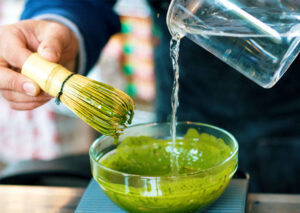
To treat dermatitis, German chamomile tea can be consumed or used topically as a compress. It may hasten healing and lessen itching and irritation.

A Japanese mint essential oil is used to make menthol. It contains calming and anti-itch qualities.

Apply large amounts of any mild, fragrance-free moisturizer on dry, irritated skin. A fantastic natural moisturizer with antimicrobial (infection-fighting) qualities is coconut oil. Usually, you can apply it right to your rash.
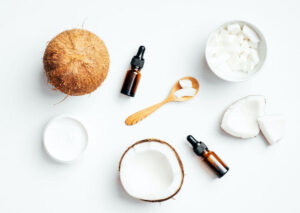
Aloe vera can hydrate, soothe, and lessen itching. You can directly apply witch hazel to your rash to soothe inflamed skin, hasten healing, lessen itching, and even help prevent infection.
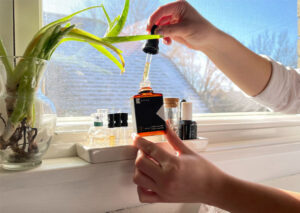
Infected open sores may benefit from the use of honey.
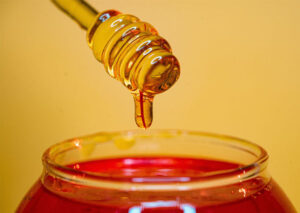
Natural calming, moisturizing, and anti-inflammatory effects are provided by oatmeal. Try adding ground oatmeal to a cool bath or combining it with other ingredients to make a paste that you can apply straight to your rash.
Caring for butt rash
The underlying cause of butt rash determines the appropriate course of treatment. You might be able to utilize over-the-counter (OTC) medicines in specific circumstances. You might require a doctor’s prescription for various ailments.
Over-the-counter medication
- A moderate steroid cream that works for many different types of rashes is hydrocortisone cream. It can lessen inflammation, itching, and redness. Cortizone 10 is one of the popular brand names.
- Ringworm, intertrigo, and yeast infections are examples of fungal infections that can be treated with antifungal creams, powders, and sprays. They can aid in lessening skin irritation, burning, and cracking. Medications include miconazole nitrate and clotrimazole (Lotrimin, Cruex, Desenex) (Monistat).
- Creams and ointments with antibiotics can help treat bacterial infections. Neosporin is a widely used brand. The remedy for folliculitis is this one.
- Ibuprofen (Advil, Motrin), naproxen (Aleve), and other anti-inflammatory painkillers can help lessen swelling and pain.
- In addition to treating allergic reactions, antihistamines can lessen itching and irritation. Diphenhydramine is an illustration of this kind of medication (Benadryl).
Medications on prescription
- Itching and irritation can be treated with steroid cream or ointment. They are effective for the majority of rashes, including psoriasis, contact dermatitis, heat rash, intertrigo, and lichen sclerosis. Lichen sclerosus may be treated with creams or ointments containing corticosteroids. To help avoid a recurrence, you might need to keep taking the medication for another three months.
- In severe rash situations, oral steroids can lessen inflammation.
- Antibiotics taken orally can combat bacterial infections.
- Your immune system can be prevented from overreacting to allergens by immunomodulators. They can be applied to the management of severe allergic contact dermatitis situations.
- Cream with antibiotics helps treat bacterial infections. This could be recommended for incontinence, folliculitis, and intertrigo.
- Fungal infections can be treated with antifungal cream. Ringworm, intertrigo, and yeast infection can all be treated with this.
- For shingles, oral antivirals can be used to lessen the length and intensity of symptoms. In order to speed up the healing of sores, lessen the risk of the virus spreading, and lessen the frequency of outbreaks, they may also be recommended for herpes.
- Creams containing retinoids have anti-inflammatory properties and can be used to treat psoriasis and lichen sclerosus.
For severe psoriasis, immune system-altering medications are available.
A doctor may also recommend drugs to treat psoriasis that inhibit the proliferation of skin cells, such as:
- synthetic topical vitamin D
- anthralin
- methotrexate
Preventing butt rash
There may or may not be steps you may take to stop future outbreaks of butt rash, depending on the type you have. Here are some suggestions to stop issues before they start:
- Think about using a scent-free washing detergent.
- Choose a gentle cleaner that doesn’t contain soap or smell.
- Avoid wearing wool and scratchy materials.
- Avoid friction by donning loose-fitting garments.
- Try frequently using a mild moisturizer.
- To avoid friction, apply a moisture barrier ointment, such as petroleum jelly.
- Select antiperspirants to stop excessive sweating. Deodorants do, however, occasionally result in adverse skin reactions.
- Steer clear of irritants like strong chemicals.
- After working out, always take a shower and change into clean clothing.
- Do not reuse sweaty items found in a gym bag.
In conclusion
Butt rash may result from a variety of situations. However, there are lots of natural and over-the-counter remedies that you can employ to feel better.
See a doctor if your rash doesn’t go away.
